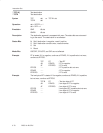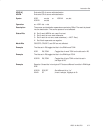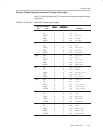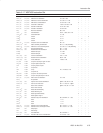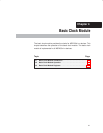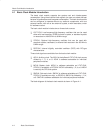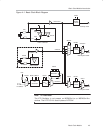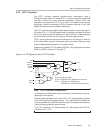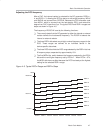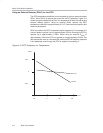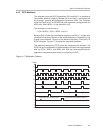
Basic Clock Module Introduction
4-2
Basic Clock Module
4.1 Basic Clock Module Introduction
The basic clock module supports low system cost and ultralow-power
consumption. Using three internal clock signals, the user can select the best
balance of performance and low power consumption. The basic clock module
can be configured to operate without any external components, with one
external resistor, with one or two external crystals, or with resonators, under
full software control.
The basic clock module includes two or three clock sources:
- LFXT1CLK: Low-frequency/high-frequency oscillator that can be used
either with low-frequency 32768-Hz watch crystals, or standard crystals
or resonators in the 450-kHz to 8-MHz range.
- XT2CLK: Optional high-frequency oscillator that can be used with
standard crystals, resonators, or external clock sources in the 450-kHz to
8-MHz range.
- DCOCLK: Internal digitally controlled oscillator (DCO) with RC-type
characteristics.
Three clock signals are available from the basic clock module:
- ACLK: Auxiliary clock. The ACLK is the buffered LFXT1CLK clock source
divided by 1, 2, 4, or 8. ACLK is software selectable for individual
peripheral modules.
- MCLK: Master clock. MCLK is software selectable as LFXT1CLK,
XT2CLK (if available), or DCOCLK. MCLK is divided by 1, 2, 4, or 8. MCLK
is used by the CPU and system.
- SMCLK: Sub-main clock. SMCLK is software selectable as LFXT1CLK,
XT2CLK (if available on-chip), or DCOCLK. SMCLK is divided by 1, 2, 4,
or 8. SMCLK is software selectable for individual peripheral modules.
The block diagram of the basic clock module is shown in Figure 4−1.



